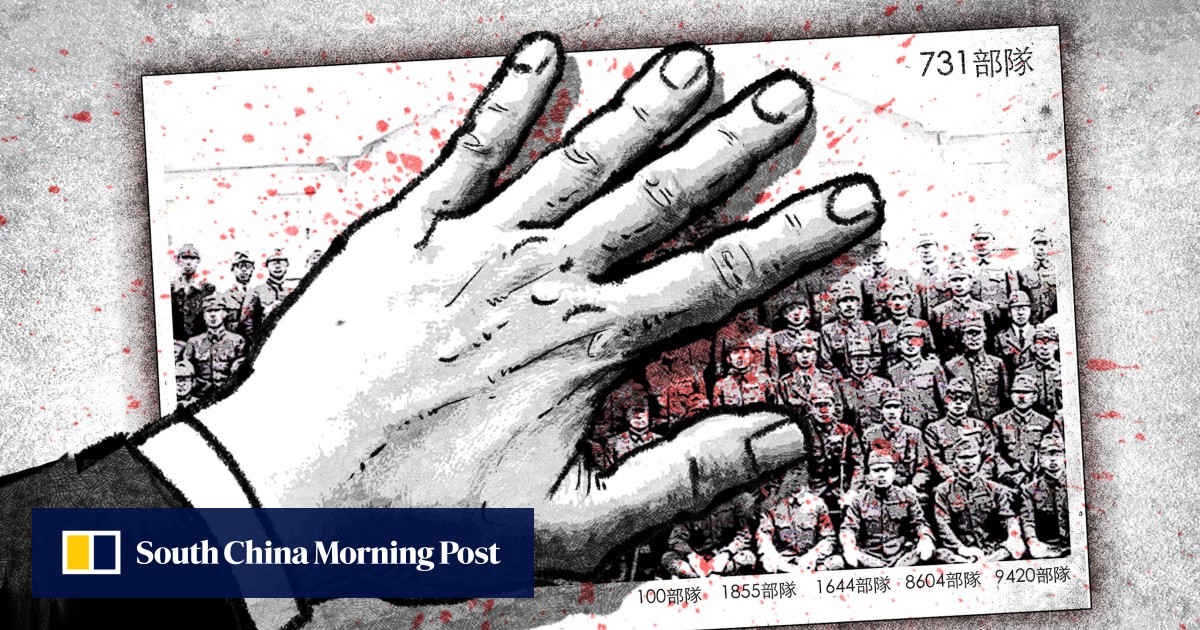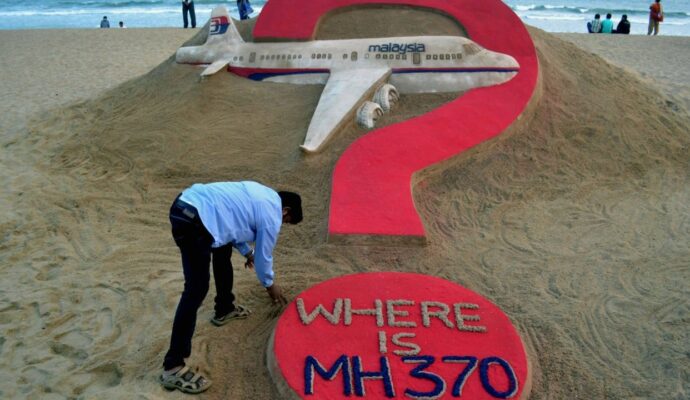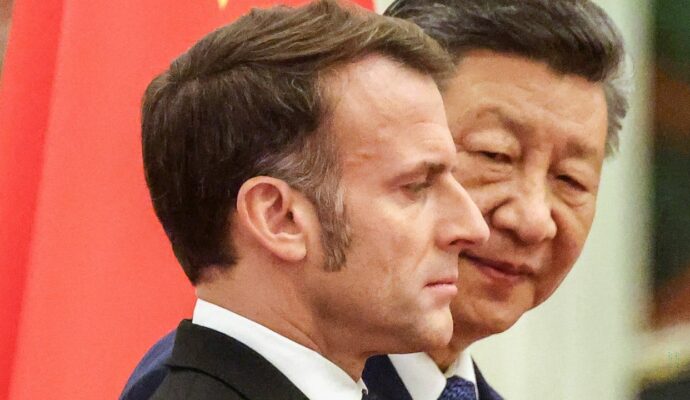
Sapphire Dingler was shaken as the dark past emerged before her.
Advertisement
Dingler, a US master’s student in public history at Southern New Hampshire University, was sifting through newly digitised American archives when she stumbled upon testimony about a Japanese doctor’s grisly wartime experiments on Western prisoners in Tokyo.
One of Tokuda’s “nutrition” experiments involved repeated intravenous injections of soy milk into prisoners of war. The resulting seizures and deaths were documented in witness testimony in the archives.
Eight decades after the end of World War II, Dingler was reading for the first time about these horrors – the evidence had long been hiding in plain sight in US military records, but few had taken the time to look at the wartime toll in the Asian theatre.
Advertisement
The California-based non-profit Pacific Atrocities Education, where Dingler was an intern this summer and read about Tokuda, is on a mission to change that.
The group aims to shine a light in the United States on the millions of lives lost on the Pacific front, so that perhaps one day the history can become as well known to Americans as the wartime devastation of Europe.


